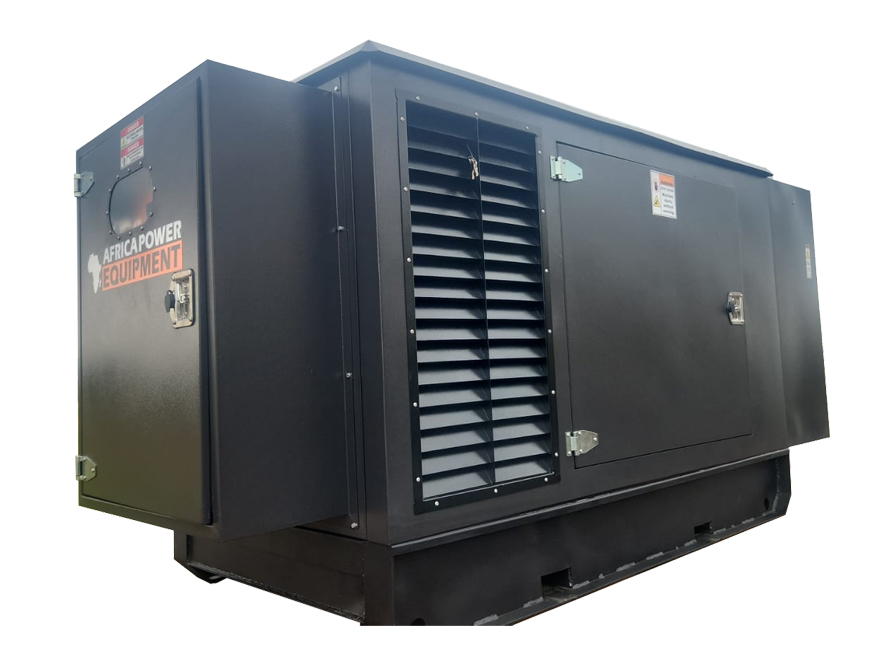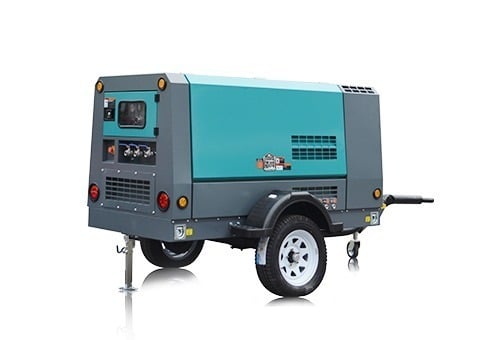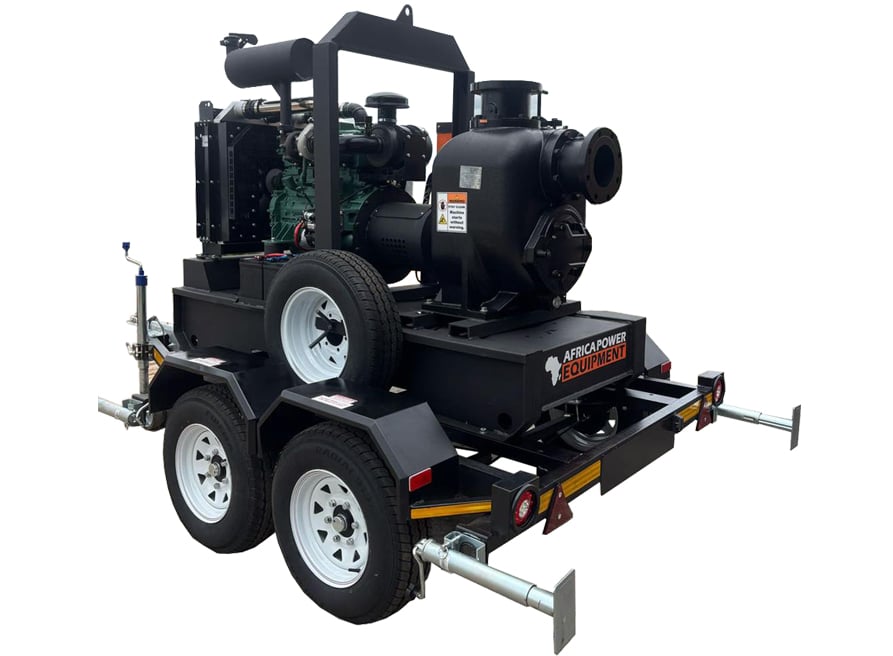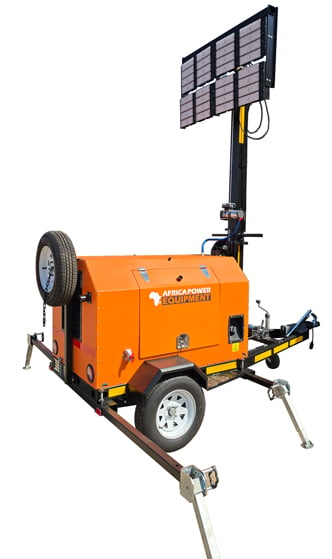Essential Water Pump Maintenance Tips to Prevent Breakdowns
Water pumps play a vital role in domestic, agricultural, and industrial applications—whether it’s irrigating crops, drawing borehole water, or boosting home water pressure. But like any mechanical equipment, pumps require routine maintenance to keep working efficiently and avoid costly breakdowns.
In this article, we’ll explain how to maintain your water pump, common issues to watch for, and tips to extend the life of your system.
🔧 Why Water Pump Maintenance Is Critical
Regular maintenance ensures:
-
Reliable performance
-
Lower electricity consumption
-
Fewer breakdowns
-
Extended lifespan of your pump
Neglecting pump care can lead to:
-
Dry running (running without water)
-
Overheating
-
Bearing failure
-
Seal leaks and pressure loss
📅 Basic Water Pump Maintenance Schedule
| Frequency | Task |
|---|---|
| Daily/Weekly | Check for leaks, noise, and vibration |
| Monthly | Inspect pressure and flow rate |
| Quarterly | Clean filters and strainers |
| Bi-annually | Check electrical connections and pump seals |
| Annually | Deep clean internal parts and service motor |
🧼 1. Keep the Pump Clean
Dirt, sediment, and mineral buildup can reduce efficiency or damage internal components.
How to clean:
-
Wipe exterior surfaces to prevent rust
-
Flush system to clear sediment
-
Clean filters and strainers regularly
-
For borehole pumps, inspect sand content in the water
🧯 2. Check for Leaks
Leaks may indicate worn seals or cracks in the pump casing. This can reduce performance and cause internal damage if not addressed.
What to do:
-
Look for water around pipe joints or the base of the pump
-
Replace seals or tighten connections as needed
🔌 3. Inspect Electrical Connections
For electric water pumps, faulty wiring or loose terminals can lead to short circuits or overheating.
Maintenance tips:
-
Ensure wires are tight and corrosion-free
-
Check that circuit breakers or control panels are functioning properly
-
Avoid moisture exposure to wiring
🌡 4. Monitor Temperature and Noise
Unusual heat or noise can indicate mechanical issues like bearing failure or impeller imbalance.
Warning signs:
-
Buzzing, grinding, or humming
-
Pump casing feels hot to touch
-
Reduced water flow or pressure
💦 5. Avoid Dry Running
Running a pump without water (dry running) is one of the most damaging scenarios—it causes internal components to overheat and fail.
How to prevent it:
-
Install a dry-run protection switch
-
Use float switches or pressure sensors to detect water levels
-
Ensure the suction line is always primed
🔁 6. Lubricate Moving Parts
Some pumps—especially older or industrial units—require lubrication of bearings or shafts.
Steps:
-
Use recommended grease or oil
-
Avoid over-lubrication, which can attract debris
-
Always follow the manufacturer’s guidelines
🛠 7. Replace Worn-Out Parts Early
Over time, impellers, gaskets, and seals wear down. Waiting too long to replace them can cause further damage or system failure.
Tip: Keep a spare parts kit with:
-
Seals and gaskets
-
Impeller
-
Motor brushes (for electric pumps)
-
Replacement filters
🚿 8. Prime the Pump Correctly After Service
If you disassemble the pump for cleaning or repairs, remember to prime it before restarting—especially for centrifugal pumps.
Steps to prime:
-
Fill the suction line with water
-
Open air release valve
-
Start the pump with full suction
🔗 Internal Linking Opportunities
🧠 Pro Tip: Read the User Manual
Every pump model has unique specs—follow the manufacturer’s maintenance guidelines for servicing intervals and correct parts.
Keep your pump running at peak performance.
👉 Get maintenance kits and replacement parts at www.PowerEquipment.co.za





